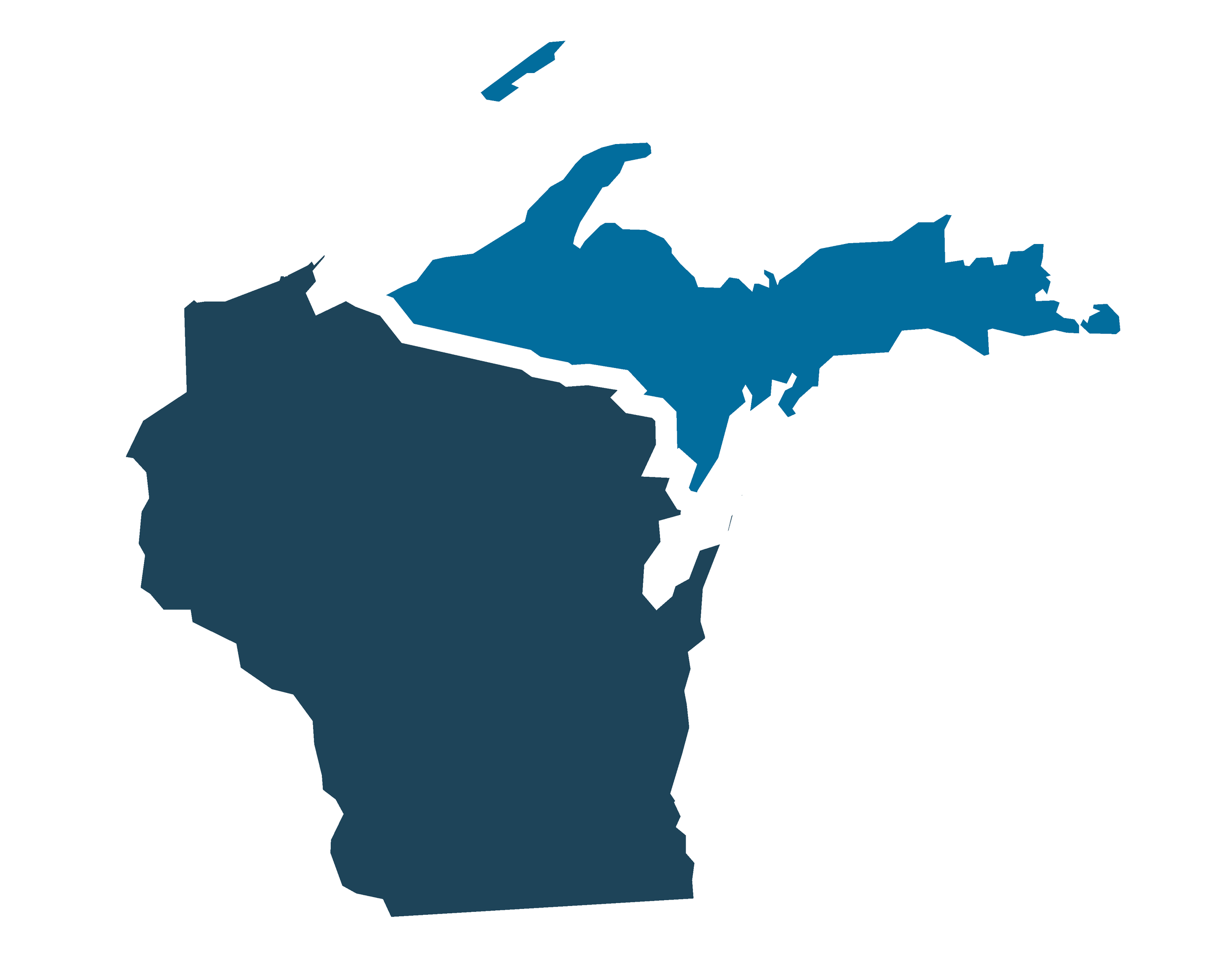Starting and Strengthening Churches Together Worldwide
Converge Great Lakes has helped churches bring life change to communities in the U.S. and around the world through church planting and multiplication, leadership training and global missions.
Sign up for our Newsletter
To stay up to date on upcoming events, training opportunities, and the latest information from Converge Great Lakes, be sure to sign up for our monthly newsletter.


